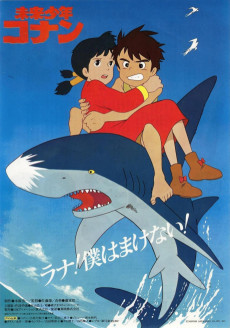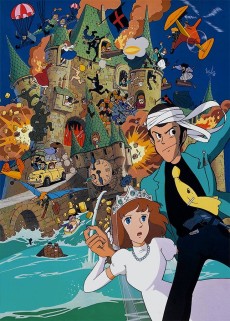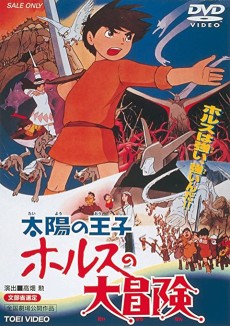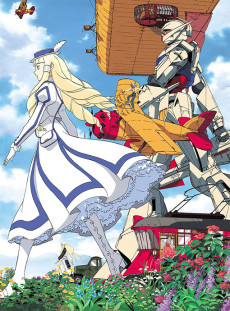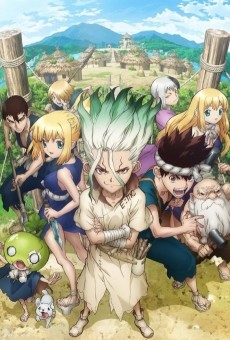MIRAI SHOUNEN CONAN
STATUS
COMPLETE
EPISODES
26
RELEASE
October 31, 1978
LENGTH
29 min
DESCRIPTION
July 2008. Mankind was faced with the threat of extinction. An ultra-magnetic weapon, far more devastating than any nuclear weapon known, destroyed half the world in an instant. The earth's crust was rocked by massive movements, the earth was thrown off its axis, and the five continents were torn completely apart and sank deep below the sea...
The attempt by a number of people to flee to outer space failed. Their spaceships were forced back to the earth and vanished with their hopes shattered. But one of the spaceships narrowly escaped destruction and crash-landed on a small island which had miraculously survived the devastation. The crew members of the spaceship settled there, as if they were seeds sown on the island.
After years, a boy was born. He was a new life in the desert, a ray of light in the darkness of the annihilated earth...
(Source: AniDB)
CAST
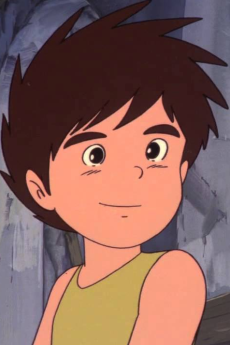
Conan
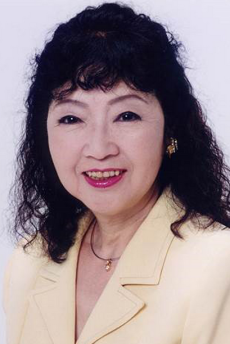
Noriko Ohara
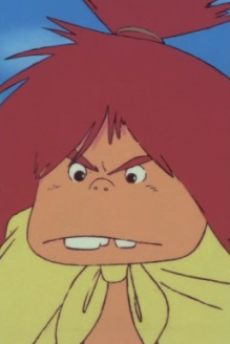
Jimsy

Kazuyo Aoki

Lanna

Mieko Nobusawa
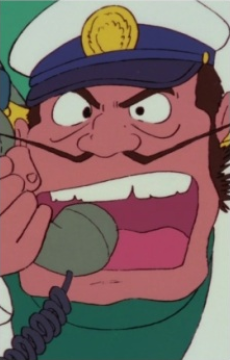
Dyce
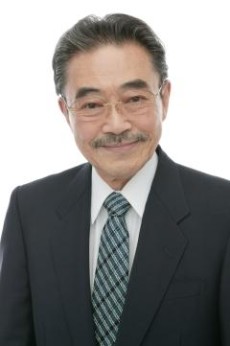
Ichirou Nagai

Monsley

Rihoko Yoshida
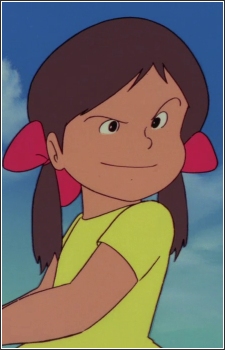
Tera

Noriko Tsukase
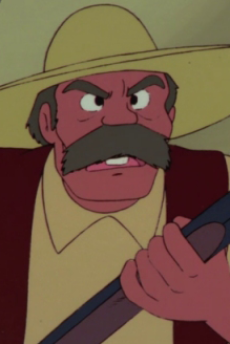
Garu

Kouhei Miyauchi
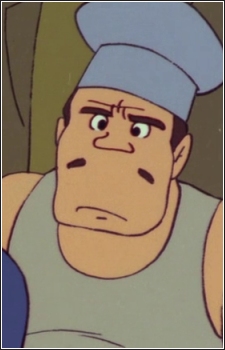
Gucchi
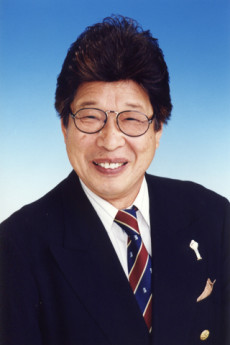
Hiroshi Masuoka
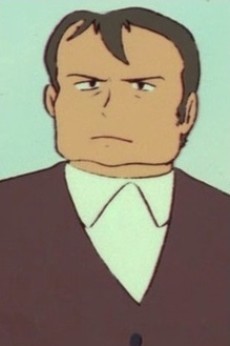
Lepka

Iemasa Kayumi
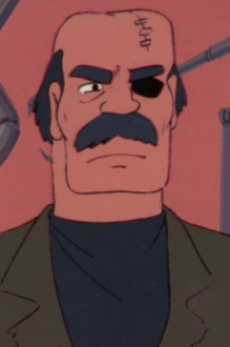
Patch
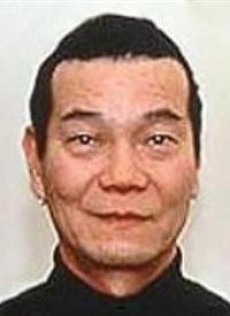
Masato Yamanouchi
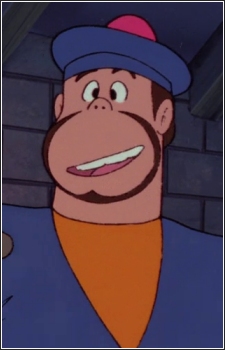
Dongoroth

Takuzou Kamiyama
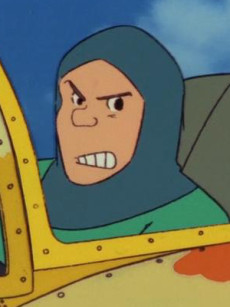
Duuke
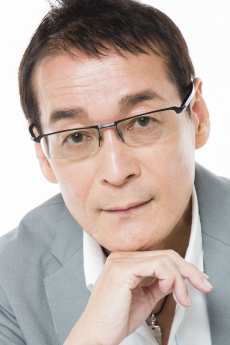
Norio Wakamoto
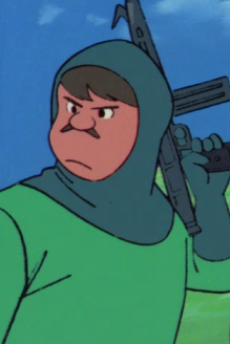
Kuzuu

Tetsuo Mizutori
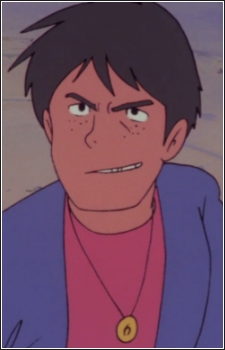
Orlo
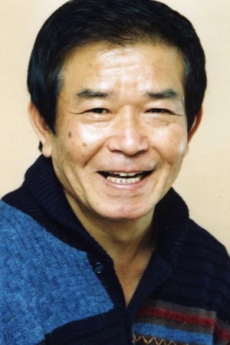
Hiroya Ishimaru
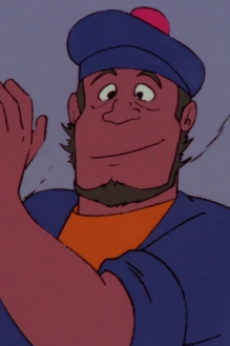
Bosco

Masaru Ikeda

Oiton

Tetsuo Mizutori
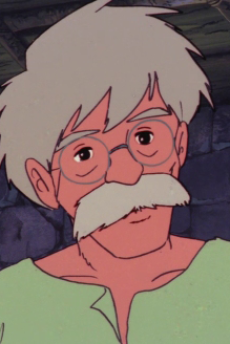
Ojii

Masato Yamanouchi

Luke
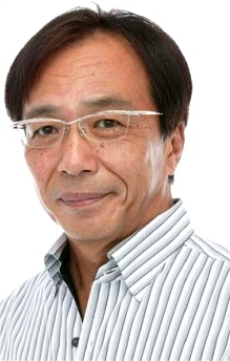
Hideyuki Tanaka
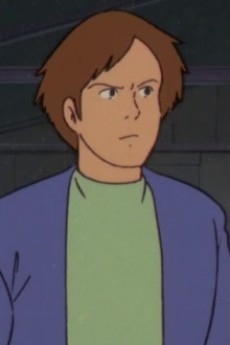
Tellit

Rokuro Naya
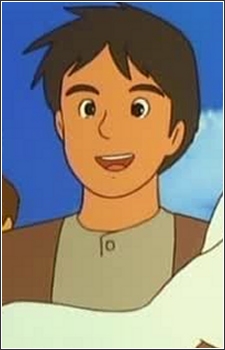
Cheat

Hideyuki Tanaka
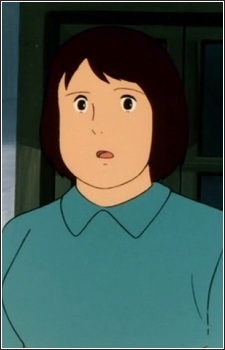
Meizal

Shou Saitou
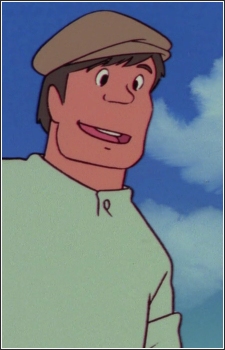
Talcoth

Keisuke Yamashita
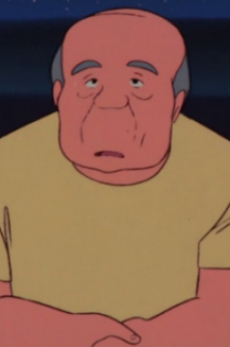
Luca

Tetsuo Mizutori
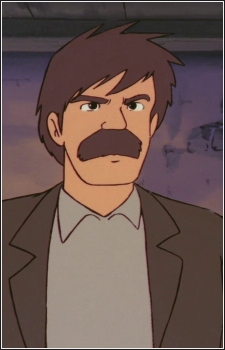
Shan

Takeki Nakamura
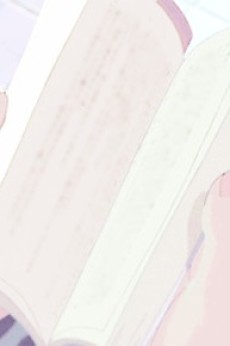
Narrator

Masatou Ibu
EPISODES
Dubbed
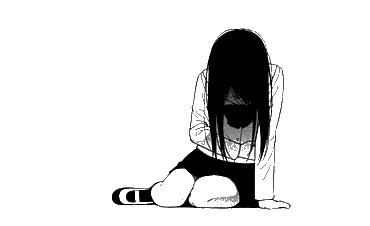
Not available on crunchyroll
RELATED TO MIRAI SHOUNEN CONAN
REVIEWS

Krankastel
70/100A solid, sweet 70s post-apocalyptic adventure that should not remain unnoticed.Continue on AniListWhen I imagine post-apocalyptic settings, I usually think of either a global total war escalating into nuclear war or a pandemic. The resulting landscape is composed either mainly of wastelands, with arable and fertile land making for a miniscule percentage, or by dystopias and/or dying cities with crumbling infrastructure within a collapsed or even semi-thriving natural environment.
Of course that is not to say there are not original interpretations of such settings; examples include S.T.A.L.K.E.R, the Tiberian series of C&C and Nausicaä of the Valley of the Wind, showcasing radical concepts for an already spicy genre.
However, there are also settings that truly deviate, such as A Wind Named Amnesia, Yokohama Kaidashi Kiko and the current object of this review.
__[1. Beginning with the setting and story…]__ [a.] Future Boy Conan adapted The Incredible Tide, a sci-fi novel of Alexander Key, yet Hayao Miyazaki took creative liberties in line with his values as an artist, in order to make the story optimistic and kid-friendly.
Unlike his ensuant manga Nausicaä of the Valley of Wind, running between 1982 and 1994, Conan is not too dark/heavy and its narrative is quite simple and straightforward. It's a sweet and digestible adventure story but by all means also remains a post-apocalyptic work. Each episode begins with an opening sequence on the preceding apocalypse: during a total war in 2008, magnetic super-weapons disrupted the Earth’s structure and caused cataclysmic earthquakes that culminated in billions dying and in submerging the five continents, leaving scattered islands as their remnants.

Throughout the narrative, the post-apocalyptic setting is organic and omnipresent, and evident from nature, urban ruins or survivors’ lifestyles and heavily reminded me of Yokohama Kaidashi Kiko in aspects. I won’t say more on the setting to avoid spoilers.
[b.] The tale begins in 2021, with 11 year-old Conan living alongside his grandfather in a tiny remnant of the continents. The adventure is initiated after a “boy meets girl” circumstance, with Conan embarking in order to save Lanna from Industria, the remnants of a belligerent power during the total war.
Throughout this journey, he encounters new friends/allies and antagonists in equal measure, and he acquires first-hand experience with the broader world, but also become one of the seeds towards a brighter future for the remnants of mankind. Themes of sustainable living and condemnation of rampant industrialism persist throughout the narrative, as do of rebirth.
One of the most notable pros of its narrative is direction, with very smooth pacing and scene transitions, feeling neither stagnant nor too forced; sound direction is also connected to this, more on section [3].
__[2. Continuing with characters…]__ Conan is an atypical, hyper-competent child: although young and innocent, he is also very clever, plus physically and mentally strong. Courtesy of living as a semi-free ranging child, he displays high adaptability and situational awareness alongside kinesthetic intelligence, that allow him to pull off stunts and make it through situations that could turn fatal.

On the rest: I liked Jimsy, the plucky comedic relief and oafish companion of Conan, with whom he has an interesting chemistry (especially in earlier episodes), captain Dyce (an entertaining and dynamic character) and doctor Lao.
Others are a mixed bag. For example, the female lead Lanna is in my opinion limited to a damsel-in-distress, whereas Lepka falls flat as a megalomaniacal villain without complexity and most supporting characters serve limited roles, I could not invest to or empathize with many.
I do understand this was a work meant to cater to children and quite some roles served as archetypes for later Miyazaki works (e.g. Conan, Lanna and Monsley), but I would expect somewhat richer characterization from a 26 episode series.
__[3. And concluding with the audiovisuals…]__ [a.] Although it is a 70s series, Conan boasts a higher animation quality than many modern series, despite often employing limited animation.
From action sequences to special effects (all hand-drawn, nothing computer-generated), the quality is consistent and smooth yet dynamic, be it a seaplane soaring the skies, Conan throwing his fishing harpoon or a boar chase scene. To be fair however, the show sacrificed in character designs as a trade-off for greater quality of animation; main character designs can be simplistic in models while missing key details, whereas supporting actors' have it worse, being unremarkable and too similar.

Where the artwork does excel in is backgrounds and colors. Be it submerged ruins, the picturesque countryside of High Harbor or other islands’ ecosystems I would sometimes pause to admire their textures and meticulous drawing. Also, the color palette looks natural, down-to-earth and smooth to the eye.
[b.] As for sound: the music is sweet and nostalgic without sounding too juvenile (including OP, ED and background music) and sound direction is solid, with sound effects and voice acting matching well the action or scene in question.
More unique sound effects could have been used occasionally (e.g. during gunfights), but at other times I enjoyed hearing an earthquake or Conan operating underwater. Voice acting is decent. My favorite seiyuu was of Jimsy, whose “burly boy” voice contrasted well with Conan’s softer and Lanna’s more feminine voice. My favorite aspect of sound direction however is its balance between silent and dialogue-heavy moments. Occasionally, dialogue may be kept to a minimal or halted, in order to allow characters’ movements and/or nature do the talk.
I'm not sure whether I would characterize certain scenes as employing "negative space" as is the case with the Ghibli filmography, but those more quiet and "show, don't tell" moments allowed for the narrative to maintain a steady pacing while not overwhelming viewers between intervals.
Hope you enjoyed my review! 
Kuma187
85/100A modern-day epic and father of the Ghibli movies (Spoiler-free)Continue on AniListThe 60s and 70s were certainly memorable times for those who were alive back then: with the still vivid memories of WWII and the wider and faster spread of information thanks to the democratisation of the radio and television, people became more and more aware of the troublesome issues that were plaguing their world, in particular the constant scare of annihilation due to the Cold War, the division of Korea after the Korean War that would go on until this day, the Vietnam War, which lasted for 2 decades and would leave its scars in the psyche of many, and whose terrible images of villages and people being doused with napalm shook the hearts of the civilians, and more.
It was only natural that the hippie movement would be born in the 50s and spread around the world from the 60s, as a way of counterbalancing the displays of cruelty. Despite enjoying a period of unprecedented economic growth, people grew more and more upset as they chose to break away from the regime of old, and Japan wasn't an exception.
It's in this particular environment that director Hayao Miyazaki, born in 41, grew up, and he was certainly not insensitive to the influence of the humanistic ideologies, which led him, avid reader of world literature, to travel to several countries in company of Takahata in order to get the rights to make animated adaptation of various classics, which would be known as the World Masterpiece Theater series. After 5 years on the project, Miyazaki is finally given the ability to direct his first animated work in 1978: Mirai Shounen Conan.Adaptation of the novel The Incredible Tide by Alexander Key, the anime tells the story of a world that is healing, 2 decades after a major conflict broke it apart. You can already see some Nausicäa in this premise with its post-apocalyptic setting where Nature reigns supreme and its unrestrained antiwar thematic.
The protagonist, Conan, is a young boy living on Remnant Island with his grand father. One day, as he's settling it with a big shark, he meets an unconscious girl on the beach, whom he decides to help and take care of. While I've grown bored and annoyed by the "boy meets girl" formula in anime (and basically most other media as well) due to how overly sentimentalist and cliché of a story this type of premise can give birth to, Mirai Shounen Conan stays dynamic at basically all times, and the rare moments it gives in to contemplation for an extended period of time, it's for a very good reason.
There are many things to praise in this anime. First of all, let's talk about the graphical aspect. Anime in the 70s certainly wasn't the same as it became later and in fact, Conan is closer to being a cartoon than anything else: it offers constantly fluid animation drawn expertly, and wears its environmentalism on its sleeve through simple yet warm and good-looking landscapes. There are quite a lot of labial sync issues but that is basically par for the course at the time
The story, while very serious and talking about death, child labor, slavery, natural disasters, dictatorship, military, etc. is never too serious and manages to strike a fine line between being mature enough to draw you in and goofy and colorful enough to provide relief from all the events. In that regard, it's closer to Laputa compared to the more gritty and heavier Nausicäa. This is an anime for a younger audience and it doesn't hide it. In fact, this nuanced discourse can be seen in the way that, although the anime does show a clear hatred for militarism with the way it depicts soldiers as literal NPCs who lose all individual characteristics when they don the uniform and the helmet, it also doesn't chastise people for choosing to arm themselves, which is enjoyable.
But mostly, what really transpires in Conan, it's the feeling of adventure. You head into the unknown just as Conan does and the story, while really tame for the first few episodes, quickly takes on very big proportions as of episode 5 all the way until the climactic last event, displaying "Humanity" for all good and bad it can be. Events, be they rather insignificant or absolutely game-changing, keep happening while never smothering the viewer under a fast pacing, which keeps the story as fresh as the wind blowing through the sails of Captain Dyce.
Of course the anime isn't without its drawbacks: episode 3 offers a goofy but also unnecessarily prolonged "birth of friendship" between Conan and Jimsy, which could have certainly been shortened. Also, there's no denying the anime is victim of a pretty strong case of characters wearing some very THICK plot armor. If you can live with that like I did, good for you, but be warned: you will see Stromtroopers-levels of awful aiming. Concerning the characters, I just wish they had also done something "more" somehow. In fact, there are only 2 characters who undergo any substantial development throughout the series.
Really, it's a shame this series is not better known and Miyazaki's name is basically synonymous with the word 'Ghibli', because this anime is definitely worth watching, and not only for the historical aspect of being the predecessor to Miyazaki's most well-known stories, but also because it's an extremely solid work on its own right, telling a great story about humanity, greed, war and Nature.

pakejanek
98/100Apocalyptic Playfulness in Future Boy ConanContinue on AniList“I’d like more of the world go back to being wild.” - Hayao Miyazaki
Hayao Miyazaki has always been an easily identifiable storyteller. Obviously, in a visual sense — there’s no animator like him when it comes to constructing a world and its inhabitants — but also thematically. It’s sometimes easy to forget how not-so-subtle his works are; whether it be his harmonious depictions of nature, his anti-war sentiments, or his strong-willed heroines, there’s a wide variety of topics that he’s tackled in his nearly six decade long career, but there’s one work of his that’s been left out of the bigger discussion. Before Miyazaki co-founded Studio Ghibli with Isao Takahata and became widely considered one of the most influential figures in animation history, he made his directorial debut at Nippon Animation with Mirai Shōnen Konan or Future Boy Conan.
Now, when I say that Conan has been left out, what I really mean is that it’s been left out in North America. Conan is (technically) an adaptation of The Incredible Tide, a novel by Alexander Key, who was so furious with Miyazaki’s changes to his story that his estate vowed to never let it come to the U.S., and he meant it. When Streamline Pictures tried to distribute two compilation films of the series, the estate issued a cease and desist letter and threatened a lawsuit. It wasn’t until GKIDS released the series on Blu-ray with a new 4K restoration and English dub in 2020 — over forty years after the series first premiered in Japan — that this landmark series would come to America.
The changes that Miyazaki made to the story that prompted such a reaction from Key will probably not surprise anyone familiar with his work. Miyazaki accepted the position of director on Conan under the condition that he could get rid of the novel’s pessimistic tone, saying that “[e]ven if someone’s lost all hope for the future, I think it is incredibly stupid to go around stressing this to children. Emphasize it to adults if you have to, but there’s no need to do so to children. It would be better to simply not say anything at all.” This quote is the best summary of the show you can get, but, like everything from Hayao Miyazaki, there’s still so much going on in the 26 episodes of Future Boy Conan that’s worth mentioning.
It’s July of 2008. Half of the world's population has been wiped out instantaneously by supermagnetic weapons, and the earth’s axis shifted as a result. The continents were fragmented and sank, killing almost everyone else and leaving the survivors of the event scattered among the remaining pieces of land. Flash forward twenty years, where 11-year-old Conan lives on Remnant Island with his grandfather. All is good for the seemingly superhuman boy until one day a girl — something he has never seen before — washes up on the shore of his home. Her name is Lana, and she also has an inexplicable supernatural ability in that she can telepathically communicate with birds and some people. However, her presence on the island ends up disrupting Conan’s solitary life when soldiers from Industria appear to kidnap Lana and end up wounding his grandfather. After revealing to him how they ended up on the island, he leaves Conan with one final message — “Go and search for a new world.” — before dying. Conan leaves his island and sets out on a voyage to save Lana, and in the process discovers a world full of new technology, friends, and foes.
It’s easy to see how Key’s original story delved into defeatism — that it takes place in a post-apocalyptic world serves for some immutably dark moments — but, as we’ve now come to expect from the legend, the youthful lens that Miyazaki views the story through shows this world not so much as a wasteland as it is a playground for our protagonist. Most of what happens around and sometimes to Conan is borderline morbid on paper, but the relentless optimism and confidence he carries throughout every episode of the show paint each encounter as something new to discover. If you want an example, look no further than the opening that plays at the beginning of all of the episodes: after an expository set-up that shows the cataclysmic event and all of the lives lost to the massive explosions, it cuts to Ima Chikyuu ga Mezameru, the breezy opening featuring Conan and Lana sailing on the ocean and running through nature. You could say that these near whiplash-inducing tonal shifts are there because it’s a children’s show, to which you’d be partially correct, but it’s also a very clear example of how, from the very beginning, Miyazaki always finds the best in the worlds he creates.
It’s in this that Future Boy Conan thrives. There are some moments too dark for the show to balance out with humor or slapstick, and it’s here that another Miyazaki hallmark comes into play: nature, and in the specific case of Conan, nature both in contrast and in unity with how humanity moves forward after the world resets. Two of the main locations of the story — aside from the ocean that takes up most of the earth’s surface and the various ships that sail on it, if those count — are Lana’s home, High Harbor, and Industria. Miyazaki didn’t want the dynamic between the two powers to be viewed as an allegory for North America and the Soviet Union, and while you could probably find those themes in Conan if you looked hard enough, his environmentalism is what shines through. In nearly every scene that takes place in High Harbor, Miyazaki always makes sure to include and enunciate the natural landscapes, like the canyon where Conan’s best friend Jimsy has a scuffle with a boar or the bougainvillea covering the side of an old building. Industria, however, is defined by its cold, man-made structures, like a cell block made entirely out of dark stone and metal or the endless, identical hallways looping through the massive Triangle Tower.
Of course, these themes aren’t the main focus of Conan, and Miyazaki knows this. Like most pieces of entertainment geared towards a young audience, there’s always a sense of adventure coursing through the show’s veins, and it gets away with such a boyish tone because of its gorgeously animated dystopian setting — aided by GKIDS’ revelatory 4K restoration — and how consistently paced its romp through it is. Each episode brings continuous amounts of thrilling twists, action, and cliffhangers, but it always bows to the beauty of the natural world and its endless waters and landscapes. Part of what makes this show click with me so hard, though, is undoubtedly the retrofurist aesthetic prevalent in all of its dazzling designs, and there isn’t much else to say about that; I’m just a massive sucker for all forms of artwork that fall under that umbrella.
It feels criminal to just now be discovering such a monumental piece of animation, especially one that has visibly influenced so many beloved anime, but above all of the nostalgic vibes and sensational world-building, Future Boy Conan is just a damn fun show. It’s a Hayao Miyazaki work in the greatest way imaginable, and I can’t wait to dive back into it again and again.
SIMILAR ANIMES YOU MAY LIKE
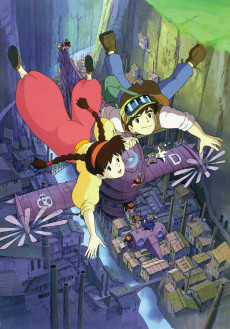 MOVIE AdventureTenkuu no Shiro Laputa
MOVIE AdventureTenkuu no Shiro Laputa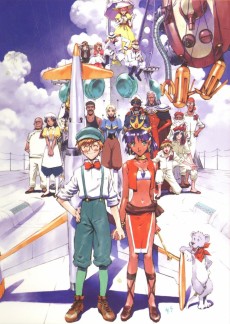 ANIME AdventureFushigi no Umi no Nadia
ANIME AdventureFushigi no Umi no Nadia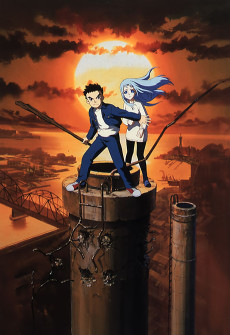 ANIME AdventureIma, Soko ni Iru Boku
ANIME AdventureIma, Soko ni Iru Boku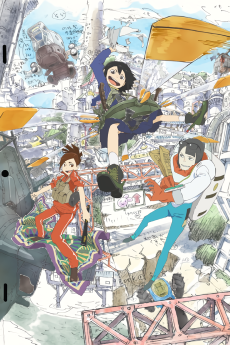 ANIME AdventureEizouken ni wa Te wo Dasu na!
ANIME AdventureEizouken ni wa Te wo Dasu na!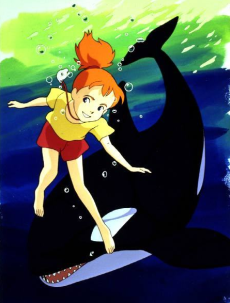 ANIME AdventureNanatsu no Umi no Tico
ANIME AdventureNanatsu no Umi no Tico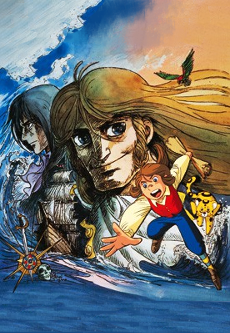 ANIME AdventureTakarajima
ANIME AdventureTakarajima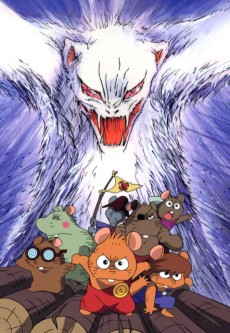 ANIME AdventureGamba no Bouken
ANIME AdventureGamba no Bouken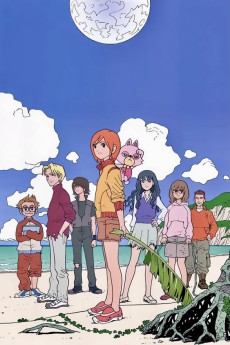 ANIME ActionMujin Wakusei Survive
ANIME ActionMujin Wakusei Survive
SCORE
- (3.85/5)
TRAILER
MORE INFO
Ended inOctober 31, 1978
Main Studio Nippon Animation
Favorited by 334 Users

